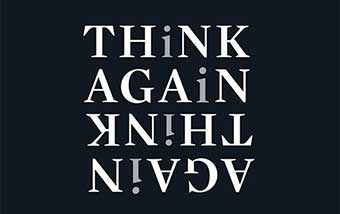Hayek’s Information
The economy has number. The term “economy” is singular, but its properties emerge from a collection of things which are numerous and diverse. And it is important that the definition is always tied to its disparate components. When we create statistical aggregates to describe the economy, we lose information, we change the concept into something that is not real. The economy is not singular. It is a group, a set, of people, transactions, and ideas. And the individual distinctness of its components, though unseen by the analyzing scholar, is precisely the quality that matters.
This is Friedrich Hayek’s insight in his famous essay, The Use of Knowledge in Society.
There are two kinds of “knowledge”. There is the scientist’s knowledge, which seeks to understand the economy comprehensively, and the knowledge of the individual agent, who is uniquely aware of his own circumstances. The individual’s knowledge is the disparate element, and the scientist’s knowledge is the conjectural, theoretic attempt to understand a complex system as a singular object.
As Hayek explains:
The sort of knowledge with which I have been concerned is knowledge of the kind which by its nature cannot enter into statistics and therefore cannot be conveyed to any central authority in statistical form. The statistics which such a central authority would have to use would have to be arrived at precisely by abstracting from minor differences between the things, by lumping together, as resources of one kind, items which differ as regards location, quality, and other particulars, in a way which may never be very significant for the specific decision.
When Hayek uses the word “knowledge”, in today’s vernacular he means “information”. We know that useful information is condensed, coded, and patterned. The problem of economic coordination is the problem of transforming information for exchange. And it is the system of price setting, by the natural mechanism of supply and demand, that achieves this end.
It is more than a metaphor to describe the price system as…a system of telecommunications which enables individual producers to watch merely the movement of a few pointers, as an engineer might watch the hands of a few dials, in order to adjust to changes of which they may never know more than is reflected in the price movement.
Thus, the interactions of numerous, disparate, autonomous individuals create economies by responding to supply and demand, communicating with price. Information is exchanged, but the diverse elements of the economic system are preserved.
Recall that Margaret Thatcher famously said: “there is no such thing as society”. Hayek tells us why. She was concerned that being oriented to “society” can lead to ignoring citizens.
Hayek’s reasoning shows how aggregated information (the knowledge of the societal planner) doesn’t have relevance to any individual citizen. The prudent policy maker doesn’t work on “society”, but on the liberty, safety, and opportunity of the individual.

